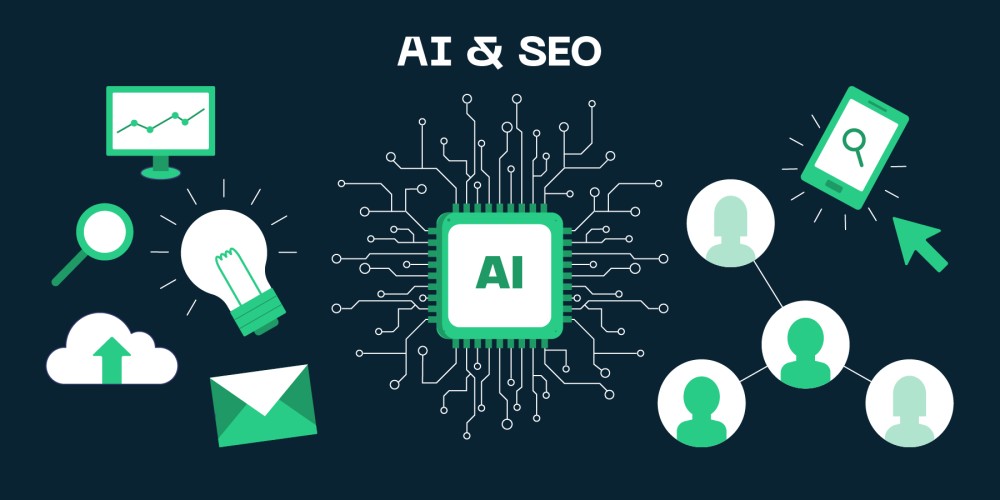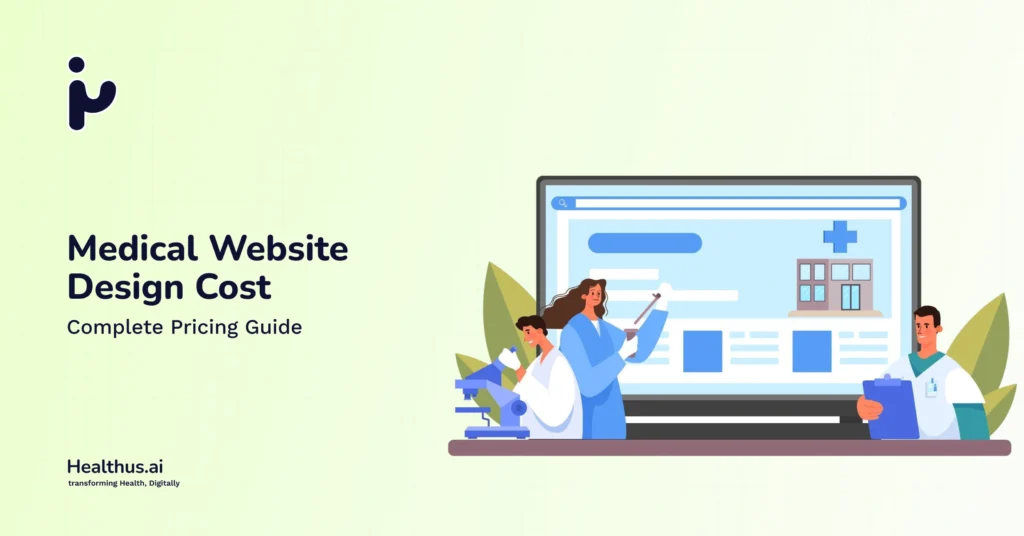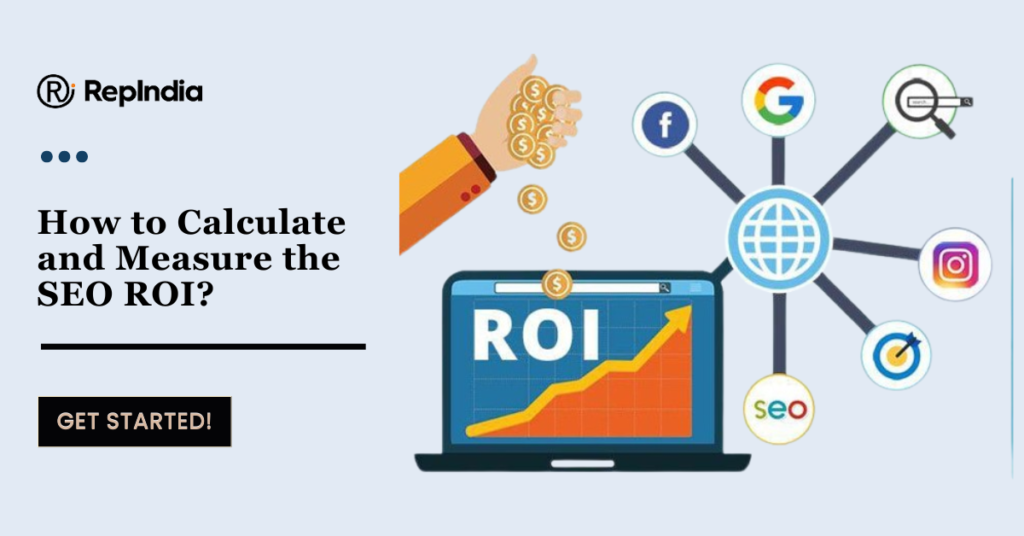What is digital marketing?
Digital marketing covers a wide range of online channels, including technologies and various forms of internet marketing available to inform consumers regarding products, services, and brands. Unlike traditional forms of marketing that depended on print media, television, and radio, digital marketing uses the internet and digital formats to reach an audience with greater efficiency.
Table of Contents
ToggleKey Components of Digital Marketing

| 1. Online Channels: Digital marketing functions through many Internet media such as websites, search engines, social media, email, and mobile apps to attract potential clients. | 2.The data-driven: approach to marketing enables organizations to make insights/analytics on performance measurement, campaign refinement, and user behavior-related marketing customization. |
| 3. Interaction and Engagement: Digital marketing provides a two-way dialogue between the brand and the customer through social media, emails, and live chat channels installing an essence of personalization. | 4. The global and local scope; offered by businesses through paid ads, SEO, and content marketing has to be highlighted when considering setting up the desired reach with respect to the target audience. |
Why is the importance of Digital Markerting?
Digital marketing is extremely important for various reasons.
- Cost consideration: Digital marketing remains lesser in costs as compared to the traditional forms of marketing, thus permitting the organizations to keep an optimized budget.
- Measure the Results: Google Analytic, for instance, can track real-time performance and allow the business to fine-tune strategies.
- Targeted Ads: Digital ads can be customized depending on demographic, interest, and act decision.
- Enhances Engagement: Social Media, Interactive-Touchpoint Content, and Personal Messaging help in strengthening relationships with customers.
: A business can scale up or down its marketing efforts depending on demand and budget.
Types of digital marketing
- Search Engine Optimization (SEO)
SEO (Search Engine Optimization) is a the way to uplift a website’s rankings on the search engine results pages (SERPs) to attract additional traffic.
Important of Search Engine Optimization:
On-page: The optimization of all types of content on the website, with focus on using keywords in title tags and meta tags and optimizing the internal linking structure
Off-page: Creating backlinks from website links that are authoritative and credible
Technical SEO: Optimizing for speed, mobile usability, and security (HTTPS)
Local: This is another type that optimizes for local searches and Google My Business listings.
Advantages:
Increased visibility of the website
Thus bringing in very high-quality organic traffic
Credibility and trust for the brand
—
- Pay-Per-Click Advertising (PPC)
PPC, of course, is supported extensively by Google Ads, which shows ads on Google Search results and partner sites; Bing Ads, the equivalent for Microsoft; Ads on the Facebook and Instagram platforms that allow targeting across demographics, interests, and behaviors; and finally, YouTube, which is where video ads tend to show before and during content that is being watched.
Advantages:
Immediate visibility and traffic are facilitated
Targeting your audience with precision
Results can be measured
—
- Content Marketing
Processing and sharing any appropriate material in an effort to pull audience to it and extenuate them with “value”.
Types of Content:
Blog posts. Articles that provide useful information and help with SEO and authority-building.
Videos. Engaging pieces of content for platforms such as YouTube, TikTok, and Instagram.
Infographics. The visualization of data to explain data-heavy topics in a manageable format.
E-books and white papers. Very much in-depth content, used in the context of lead generation.
Case studies: Actual examples give prospects confidence in the claims made by the facilitator.
Benefits:
Builds brand authority and trust.
Improves SEO and organic traffic.
Assists in nurturing leads and conversions.
- Social Media Marketing
Social Media Marketing includes product advertisement, the promotion of brand awareness, and interacting with customers through social networking .
These platforms include:
Facebook: Used primarily for ads, community engagement, and content sharing.
Instagram: Ad-pulls on influencer power and the power of visual content and Stories.
LinkedIn: Mainly for B2B marketing and professional networking.
Twitter (known as X): Common use includes real-time updates and direct interaction with customers.
TikTok: Savvy for short video content and viral marketing.
Benefits:
Direct interaction with customers.
Enhancing brand loyalty and awareness.
An easily affordable alternative in marketing.
- E-Mail Marketing:
Email marketing is the routine procedure of sending customized emails to subscriber lists to be locked with an attempt to strengthen relationships, nurture leads, and enhance sales.
Kind of Email Campaigns:
Newsletters- Regular updates about industry happenings and company news.
Promotional Emails- Special offers, discounts, and limited-time deals.
Drip Campaigns- Automated sequences on user activity.
Transactional Emails- Order confirmations, receipts, and updates on shipment.
Benefits:
High ROI
Personalized Marketing
Simple to automate and track
- Affiliate Marketing
Affiliate marketing activities encompass all contracts in which commissions are offered for a product’s promotion by affiliates (bloggers, influencers, or websites) to companies and others.
How it works:
- A company gives partners their unique affiliate links.
- The affiliate advertises the product via blogs, social media, and videos.
- Records sales done by the affiliate’s link.
- The affiliate earns a commission on each successful sale.
Advantages and Disadvantages:
Cost-effective (pays-per-sale)
Increases brand visibility at no additional ad expense.
- Influencer Marketing
The term “Influencer Marketing” is defined as the ability to build relationships with new preferred customers by seeing the need for acquiring these influencers to endorse a product or service to an influencer’s growing audience.
Benefits :
Authentic recommendations build trust.
Helps boost engagement and brand awareness.
Effectively targets niche audiences.
- Video Marketing
Video Marketing involves capturing audiences’ attention by using video content to promote products.
Popular Video Platforms:
YouTube: Long-form and educational content.
Instagram Reels & TikTok: Short-form viral videos.
Facebook Watch: For video series and live stream with an audience.
Webinars & Live Streams: Live interaction with the audience poses the opportunity.
Benefits:
Engagement and shareability get increased
Storytelling and brand messaging get an improvement
Higher ranking with SEO tricks.
- Mobile Marketing
Mobile marketing targets users present on smartphones and tablets, applying various strategies.
Mobile Marketing Techniques:
SMS Marketing: Sending promotional text messages.
Push Notifications: Alerts from an app or website.
Mobile Apps: Engagement through brand-relevant applications.
QR Codes: Interactive content and promotions.
Advantages of Mobile Marketing:
Direct communication with users
Instant communication with users
High engagement rates
Personalized marketing oppurtunities.
- Digital PR (Public Relations)
Digital public relations cover the management of a brand’s reputation online through media coverage, press releases, and influencer relationships.
Digital PR Strategies:
Guest Blogging: Publishing on external sites about topics relevant to the industry.
Press Releases: Announcing anything pertinent to the company.
Influencer Outreach: Engaging bloggers or journalists.
Reviews/Testimony: Managing the reputation of the brand.
Advantages:
Establishing brand credibility and trust
Improving SEO with backlink
Promoting online visibility
- Marketing Automation
Marketing automation encompasses the utilization of software tools to minimize the number of times marketing acts are repeated, such as in email campaign launches, social media posting, and lead nurturing.
In-demand Marketing Automation Tools Selection:
Hub Spot – CRM and email marketing automation.
Mailchimp – Email campaign automation.
HootSuite / Buffer – Social media scheduling.
Google Analytics – Website performance tracking.
Why are these beneficial?
Designed to save time and increase efficiency.
Allows for personalization and targeting to the next level.
Provides real-time performance metrics.
- Voice Search Optimization
Neural activations, among them Alexa, Siri, and Google Assistant, made it imperative to consider an audience targeting approach toward voice search.
Optimization Tactics:
Involve conversational keywords and question forms.
Optimize for Google search featured snippets.
Produce content that addresses common user questions.
Benefits include:
Assistance in ranking voice query searches
Improves accessibility for users on-the-go
Drives traffic to websites from voice searches
—
FAQ
- Why does digital marketing hold such importance?
Because digital marketing gives businesses the advantage of being able to:
Having a worldwide customer reach
Target a particular segment of customers
Track and measure performances in real time
Interact with the customers directly
- What are types of digital marketing?
The key types include:
Search Engine Optimization (SEO)
Pay-Per-Click Advertising (PPC)
Content Marketing
Social Media Marketing (SMM)
Email Marketing
Affiliate Marketing
Video Marketing
Mobile Marketing
- What is the role of SEO in digital marketing?
With SEO ranking decisions are made on Google and other search engines.
4.what is the role of social media marketing in businesses?
Build brand awareness.
Engage in real-time interactions with their customers.
Drive traffic to their website
Generate leads and sales through targeted ads
Create a loyal customer community
- What are some of the important metrics for digital marketing to observe?
Some of the important digital marketing metrics include:
Website traffic (organic, paid, direct, referral)
Conversion rate (percentage of visitors taking desired actions)
Click-through rate (CTR) of ads and emails
Engagement rate (likes, shares, comments on social media)
6.. Name of some digital marketing tools??
Popular tools include:
Google Analytics – Website traffic and performance tracking
Google Ads – PPC advertising platform
SEMrush / Ahrefs – SEO and keyword research tools
Mailchimp / HubSpot – Email marketing automation
Hootsuite / Buffer – Social media management
Conclusion
Digital marketing is ever-changing and contains many strategies to achieve many different business objectives. Given SEO for long-term organic growth, PPC for immediate payback, or content marketing for audience engagement, integrating all these activities to build an online presence will enable us forward.








Rahul M.
B2B Service Provider